In November 2018, I had the experience of walking through a bombed-out apartment building in Ashkelon where a Gaza rocket strike had resulted in a fatality. So I had some idea of what to expect when I hitched a ride south again with a group of journalists to see the situation for myself. Over 600 Gaza rockets had been launched into Israeli towns, cities and communities in the space of only a few days.
En route in a small minibus, the protocol for a warning siren was explained. The driver would pull over and we were to get out as quickly as possible and lie down on the side of the road. Sitting at the back of the bus, I contemplated that in the event of a rocket attack, it would be virtually impossible for everyone to get out of the one side door and take cover within the 15 seconds warning time before a rocket fell.
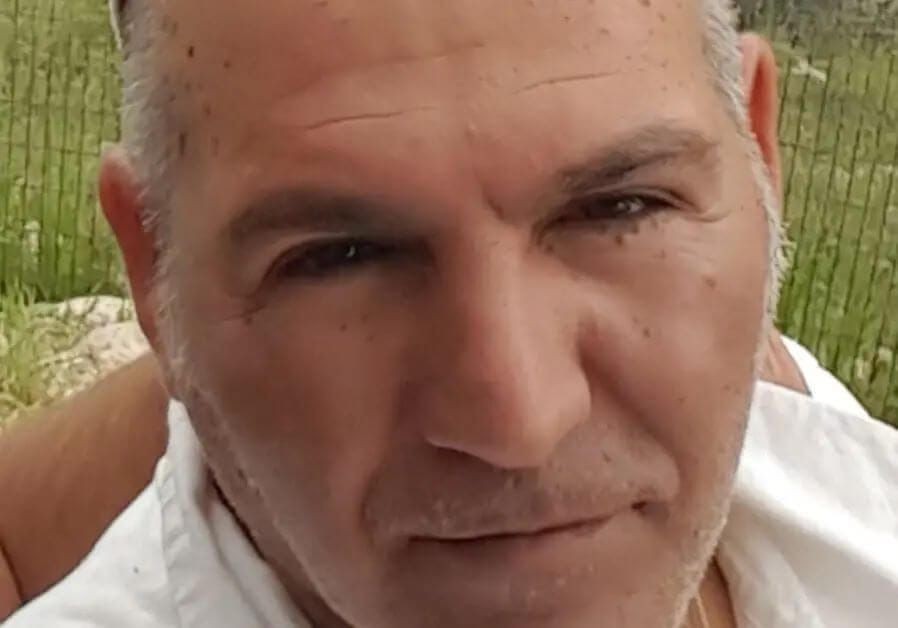
We arrived at the home of 58-year old father of four, Moshe Agadi, killed by shrapnel from a rocket fired at his Ashkelon house. The scene was busy – journalists, IDF soldiers, police, damage assessors, as well as friends and members of the Agadi family gathered in the aftermath of the tragic and appalling disaster that had befallen them.
A crater in the front yard indicated where the rocket had landed. Twisted metal and shattered concrete littered what would otherwise have been an idyllic garden area of trees and shrubbery. While the rocket may not have scored a direct hit on the house, the impact was still obvious.
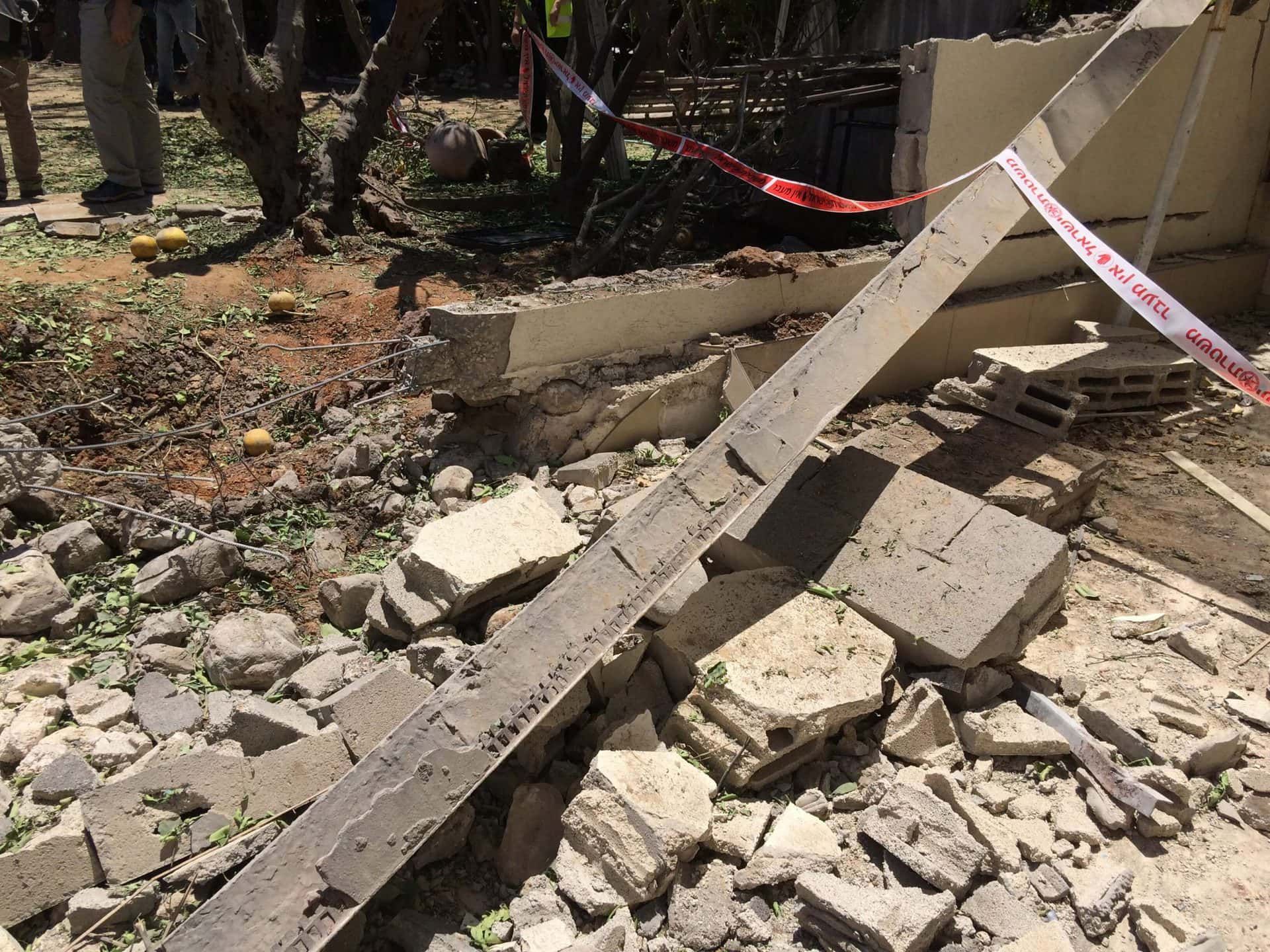
Pock marks on the house exterior struck by shrapnel; a blown out window; roof tiles dislodged. While Agadi was able to get family members into their safe room in the seconds before the rocket struck, he was killed by the shrapnel in his living room. While the house remained virtually intact and the damage appeared to be superficial, the deadly potential of what so many media have termed “homemade’ rockets was only too apparent.
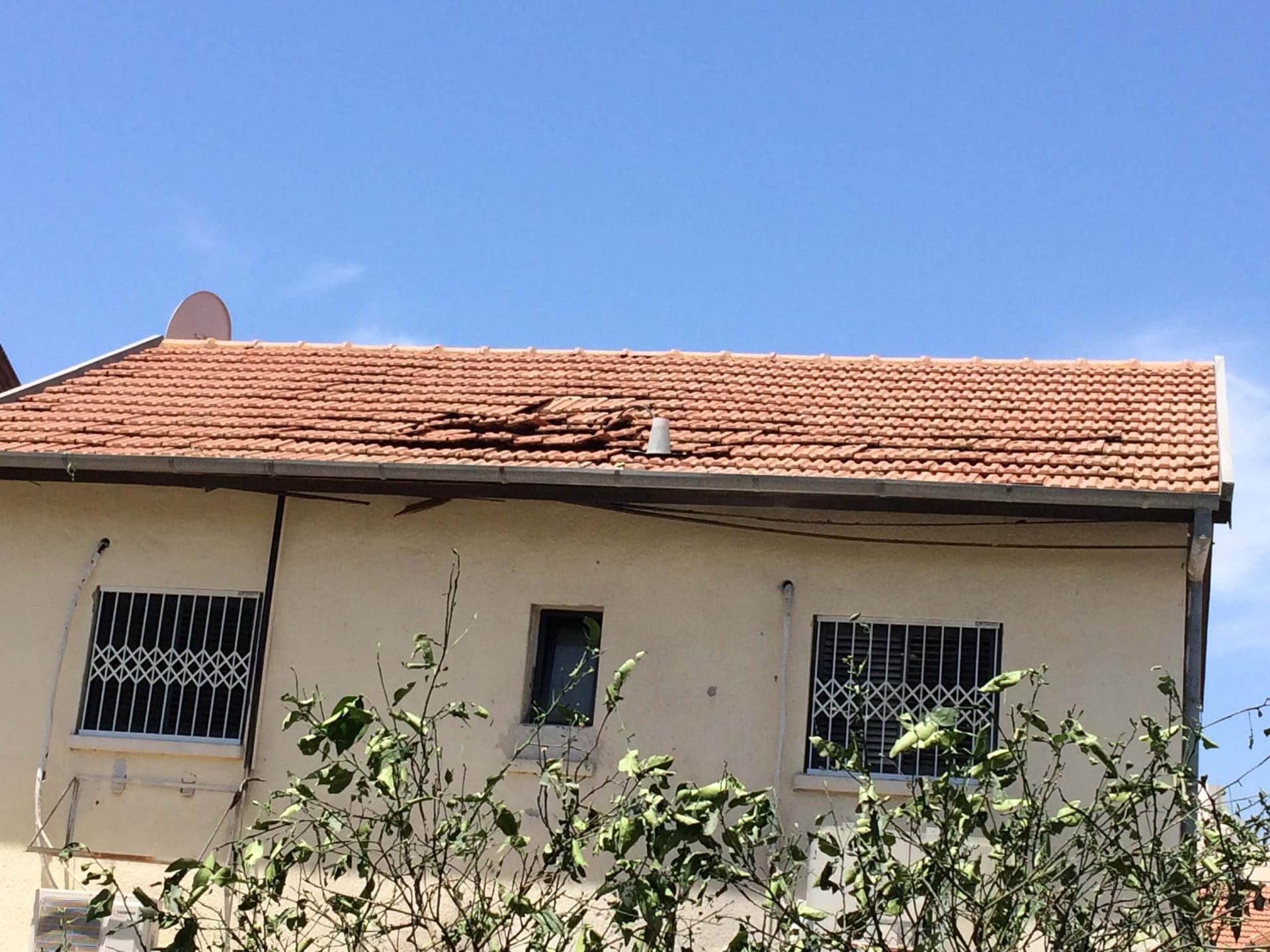
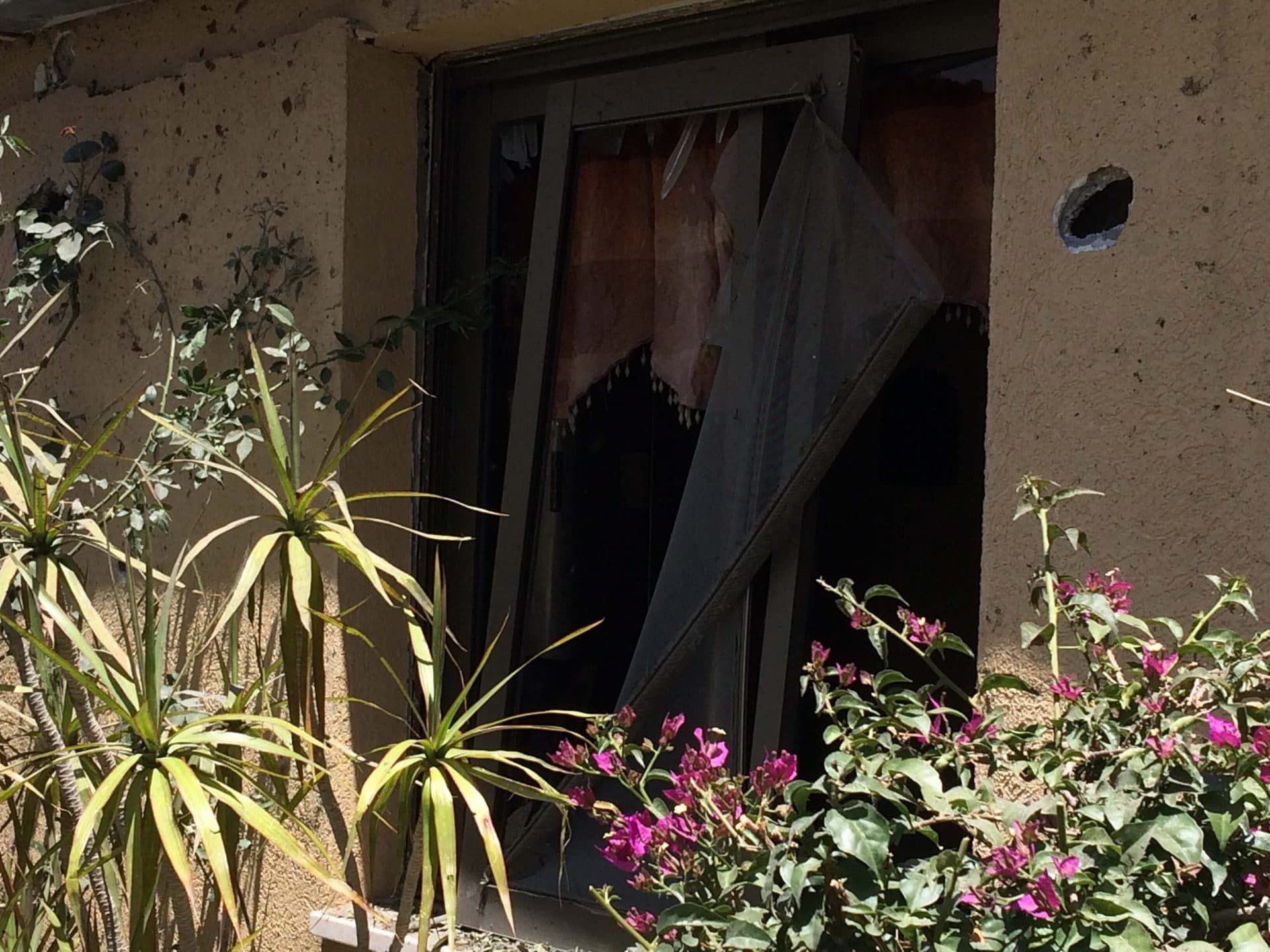
The neighboring house was also damaged. We went inside, treading on debris and shattered glass. A double glazed window pane at the other end of the living room served as a graphic illustration of the sheer force of the shrapnel blast. Had that been a human being on the receiving end, the consequences do not bear thinking about.
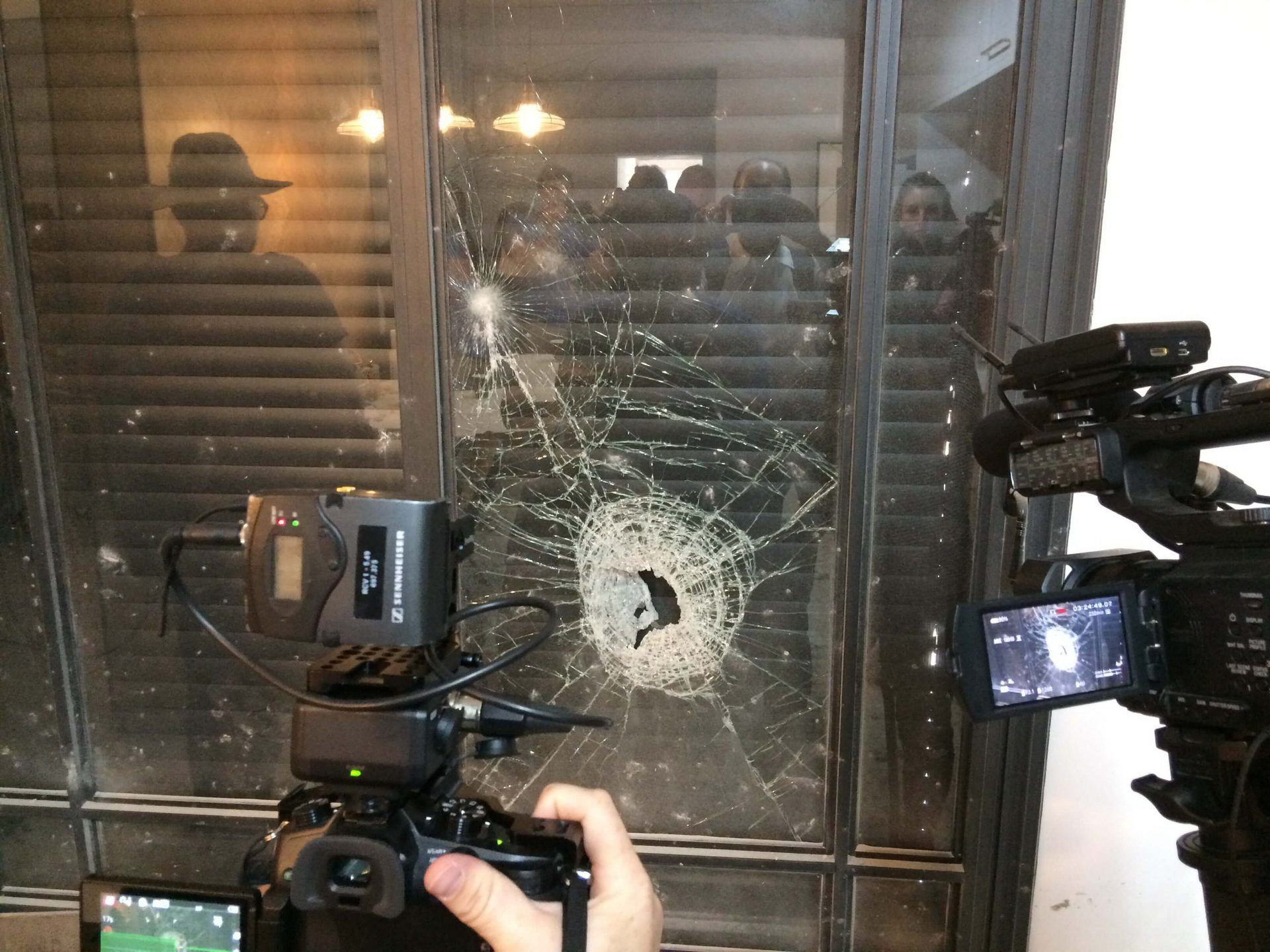
Despite the activity at the site, there was still a surreal calm even as journalists received briefings from the IDF and police spokespeople. Birds chirped in the trees while the journalists took photos and asked questions.
Then the siren
With approximately 30 seconds warning time for Ashkelon, whose population numbers nearly 140,000, the assorted people in the vicinity moved quickly inside. It became clear that the safe room simply wasn’t large enough to accommodate the number of people seeking shelter. Those of us left outside the safe room crouched down and waited. I positioned myself by a wall in the small service porch immediately adjacent to the safe room. The broken tiles by my feet served as a reminder that this house had already endured one fatal attack. Lightning couldn’t possibly strike twice, could it?
In the ocean, if someone screams “shark,” your immediate instinct is to swim as fast as you can to shore. You don’t know if you’ll make it back or if that shark will grab you but you’ll do your utmost to survive. In this situation, however, there is no shore to swim to. All you can do is tread water and hope that the shark will swim by. All you can do is wait and hope.
As the siren continued to wail, multiple booms and thuds reverberated from outside, the sound of Gaza rockets being intercepted by the Iron Dome. It was clear from the noise that the rockets were close. Despite previous experiences, it was still unnerving. Finally, the siren stopped. After waiting a minute or two, we filed out of the house.
(Due to the limitations of a cellphone, the video footage barely does justice to the situation.)
The IDF Home Front Command instructs Israelis to stay in their protected spaces for at least 10 minutes after the end of a siren. Israelis are notoriously hesitant to follow instructions. These instructions are issued for a reason, which we found out only a few seconds after leaving the house as the siren began to blare again.
Another dash back to our previous positions inside the house and more booms. We were unaware that this was a massive rocket barrage aimed at Ashkelon. I was almost back on the minibus when the third siren in only a few minutes prompted yet another run to my now familiar space in the service porch for the limited protection it offered. Strangely, members of the Agadi family, perhaps struck by a fatalism resulting from Moshe Agadi’s death, stayed in the living room almost ignoring the incoming threat.
This time, the sounds of explosions rattled the house and there were audible gasps from among those huddled in and out of the safe room. The booms felt as if they were literally right outside. I have to admit that it was genuinely frightening. As we eventually hurried out of the house in the aftermath of the siren, I realized that I was trembling slightly. I’ll put it down to the adrenaline but my nerves had most definitely been frayed.
Sadly, Iron Dome was unable to prevent at least one of the Gaza rockets from landing on a factory in Ashkelon’s industrial zone, killing one Israeli man. By the time we reached that scene, emergency services had already secured the factory site and evacuated the casualty, Israeli Bedouin resident of the Negev Ziad al-Hamamda, 47, who left behind a wife and seven children.
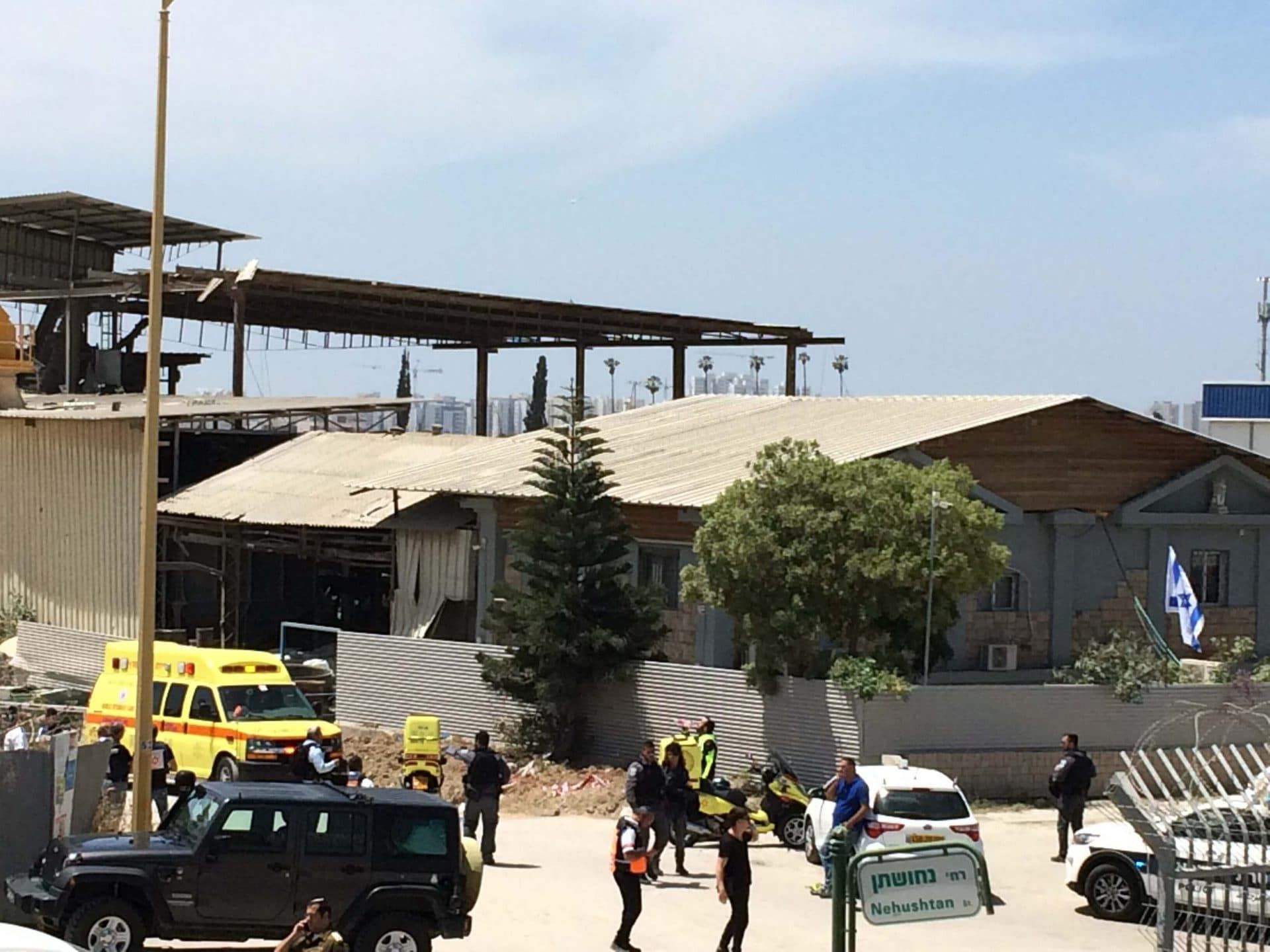
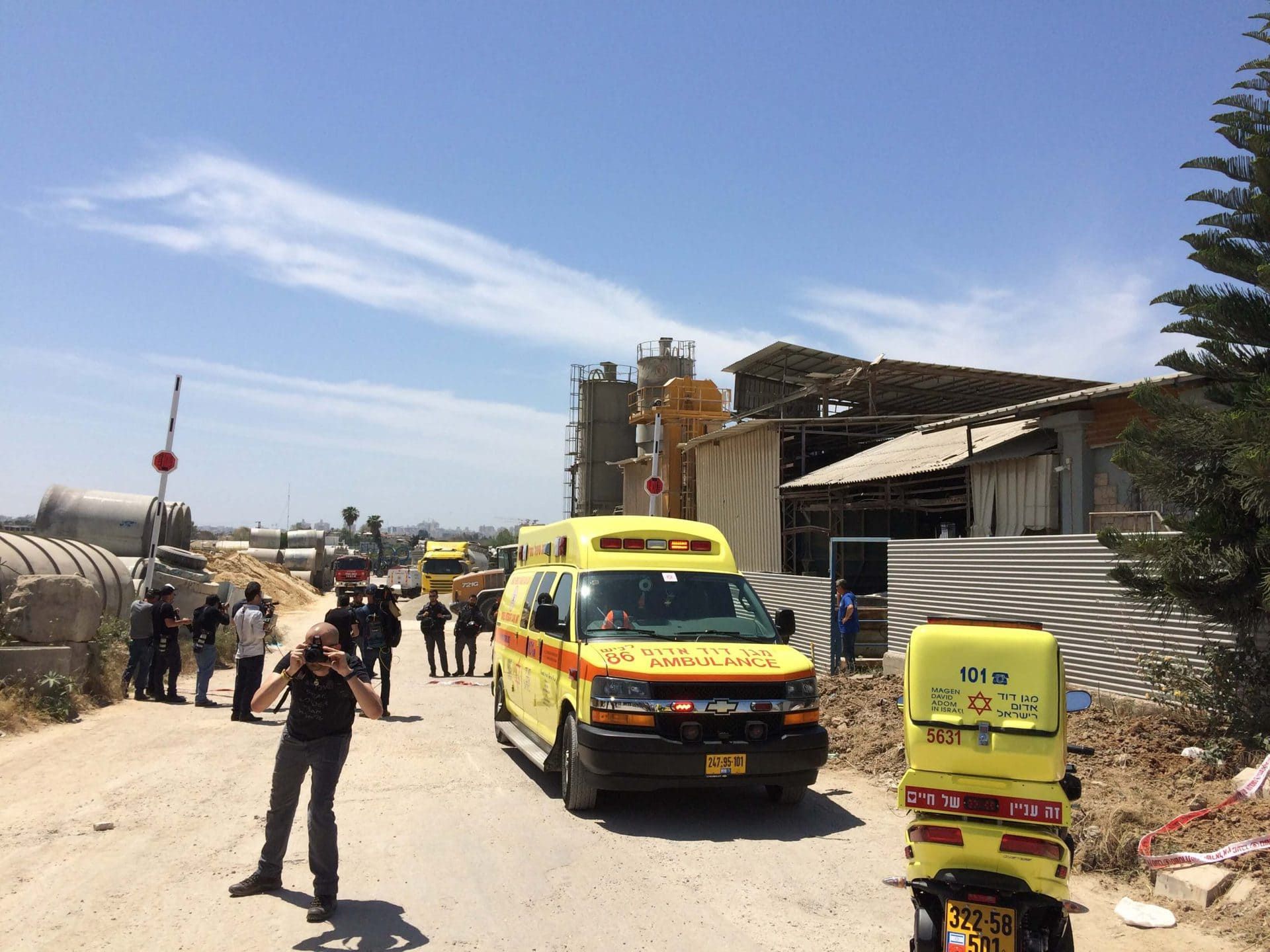
An attempt to visit the residents of Kibbutz Nahal Oz on the Gaza border was abandoned after Palestinian terrorists launched a Kornet anti-tank missile at a civilian car on a highway near Sderot, killing 68-year-old Moshe Feder. The road was promptly closed by security forces. As we waited at a gas station north of Gaza to see if the road would be reopened, the sound of booms and thuds in the near distance was incessant. It’s one thing to see the constant alert messages on a cellphone. It’s another to experience it in real time.
Over 600 Gaza rockets during the course of two days is hard to imagine. Being there felt even more intense than previous times such as the 2014 conflict, which stretched over a far greater length of time and breadth of the country. Yet the sheer number and the frequency of the rocket attacks over the southern region during the course of the past few days left me with a feeling of increased vulnerability borne out by the far greater numbers of Israeli deaths and injuries than in past violent flare ups.
I suspect those journalists who visited the scene also left with a new sense of anxiety and vulnerability. How unfortunate that it takes an experience of this nature to understand or even empathize with the suffering of Israelis who have to live through such events.
At this time, calm has been restored to both the residents of Israel’s south and the Gaza Strip. Until the next time.


